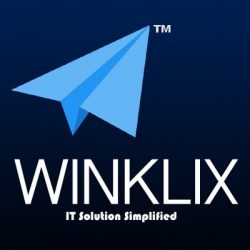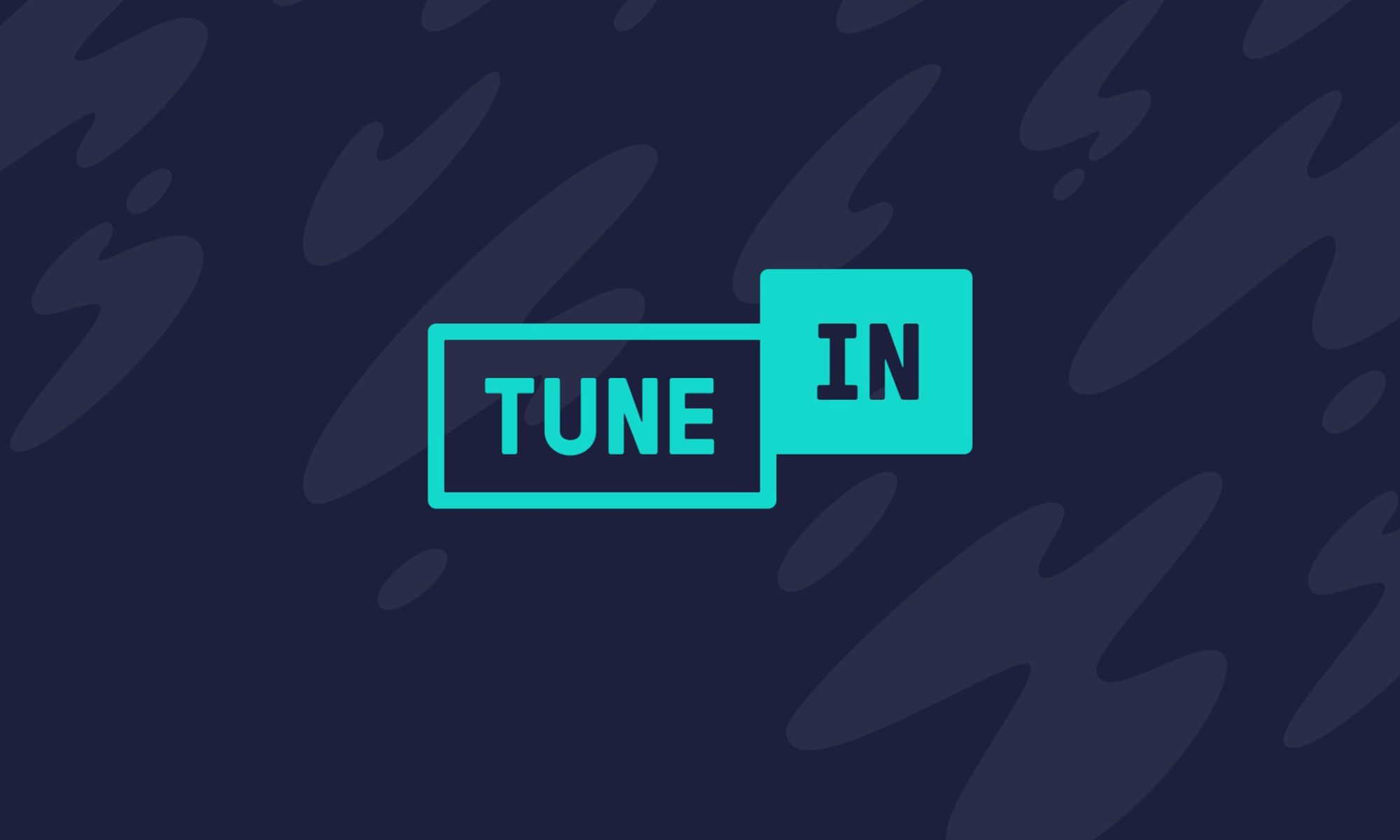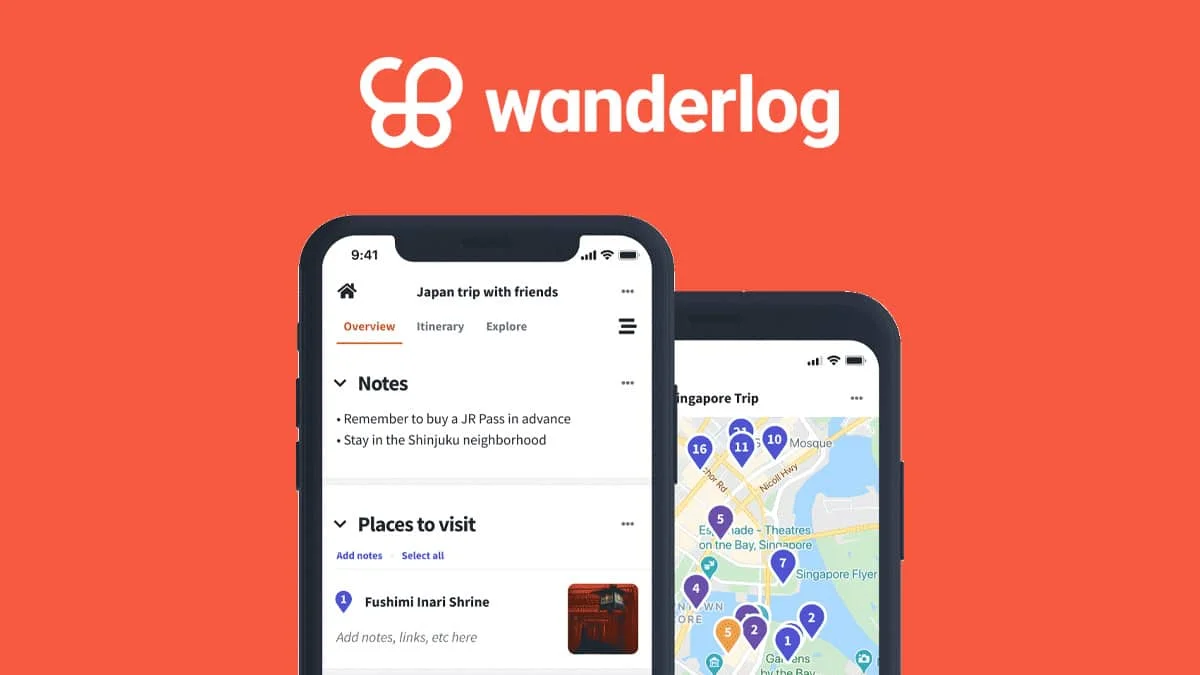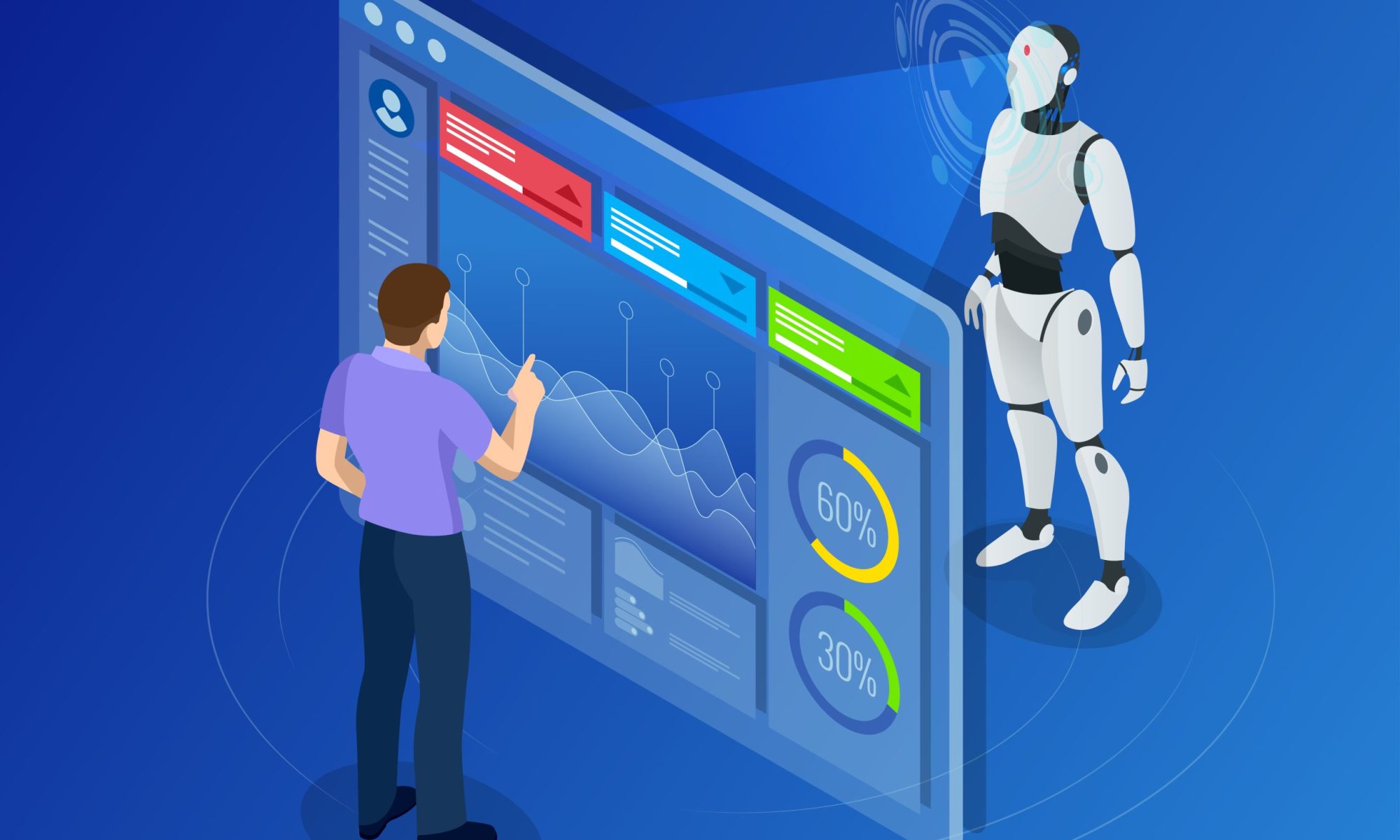The demand for audio streaming apps is at an all-time high, with TuneIn Radio leading the market. It offers live radio, podcasts, and on-demand content, making it an excellent choice for users who love audio entertainment. If you’re planning to develop an app like TuneIn Radio, this guide will take you through the entire process, from ideation to launch.
Step 1: Market Research and Planning
Before jumping into development, conduct thorough market research to identify trends, target audiences, and competitors. Some key points to consider include:
- User Preferences: What do listeners expect from a radio streaming app?
- Competitor Analysis: Analyze apps like TuneIn, iHeartRadio, and Spotify to identify their strengths and weaknesses.
- Monetization Strategies: Decide whether to offer a freemium model, ads, or subscriptions.
Step 2: Defining Key Features
A successful radio streaming app should include the following features:
- Live Radio Streaming: Access to AM/FM and internet radio stations.
- Podcast Integration: A vast library of podcasts.
- On-Demand Streaming: Ability to play content anytime.
- Personalized Recommendations: AI-based content suggestions.
- Offline Listening: Users should be able to download content.
- Cloud Syncing: Save and sync user preferences across devices.
- Multiple Device Support: Compatibility with smartphones, smart speakers, and wearables.
- Subscription Plans: Premium plans with exclusive features and ad-free listening.
Step 3: Choosing the Tech Stack
The right technology stack is crucial for app performance and scalability. Here’s a suggested tech stack:
- Frontend: React Native (for cross-platform), Swift (iOS), Kotlin (Android)
- Backend: Node.js or Django for API management
- Streaming Protocols: HLS (HTTP Live Streaming), RTMP (Real-Time Messaging Protocol)
- Database: PostgreSQL or Firebase for real-time data storage
- Cloud Services: AWS, Google Cloud, or Azure for hosting
- AI & ML: TensorFlow or OpenAI for content recommendations
Step 4: UI/UX Design
An intuitive and visually appealing UI enhances the user experience. Focus on:
- Simple Navigation: Easy access to stations, playlists, and settings.
- Dark Mode: Aesthetic and energy-efficient.
- Custom Playlists: Let users create and manage their own playlists.
- Adaptive Layout: Ensure responsiveness across devices.
Step 5: Development Process
- Prototyping: Create wireframes and mockups.
- MVP Development: Start with a Minimum Viable Product (MVP) to test core functionalities.
- Backend Development: Set up servers, databases, and APIs.
- Frontend Development: Implement UI components and integrate APIs.
- Testing & QA: Conduct thorough testing to fix bugs and optimize performance.
Step 6: Monetization Strategies
To generate revenue, consider the following models:
- Ad-Supported Free Model: Display banner and audio ads.
- Subscription-Based Model: Offer premium plans with exclusive content.
- Affiliate Marketing: Promote products and services through partnerships.
Step 7: Deployment and Marketing
After development, launch the app on the App Store and Google Play Store. Use marketing strategies like:
- Social Media Promotions: Run targeted ads and influencer campaigns.
- SEO Optimization: Optimize app descriptions for better discoverability.
- App Store Optimization (ASO): Improve rankings by using relevant keywords.
- Partnerships: Collaborate with radio stations and content creators.
Step 8: Maintenance and Future Updates
Post-launch, continuously update your app with:
- New Features: Based on user feedback and market trends.
- Bug Fixes: Regular patches to ensure a smooth experience.
- Scalability Enhancements: Optimize servers to handle growing traffic.
Conclusion
Building an app like TuneIn Radio requires careful planning, a robust tech stack, and an effective marketing strategy. By following these steps, you can create a feature-rich, scalable, and engaging radio streaming app that stands out in the competitive market.
Are you ready to bring your audio streaming app idea to life? Let’s get started!




